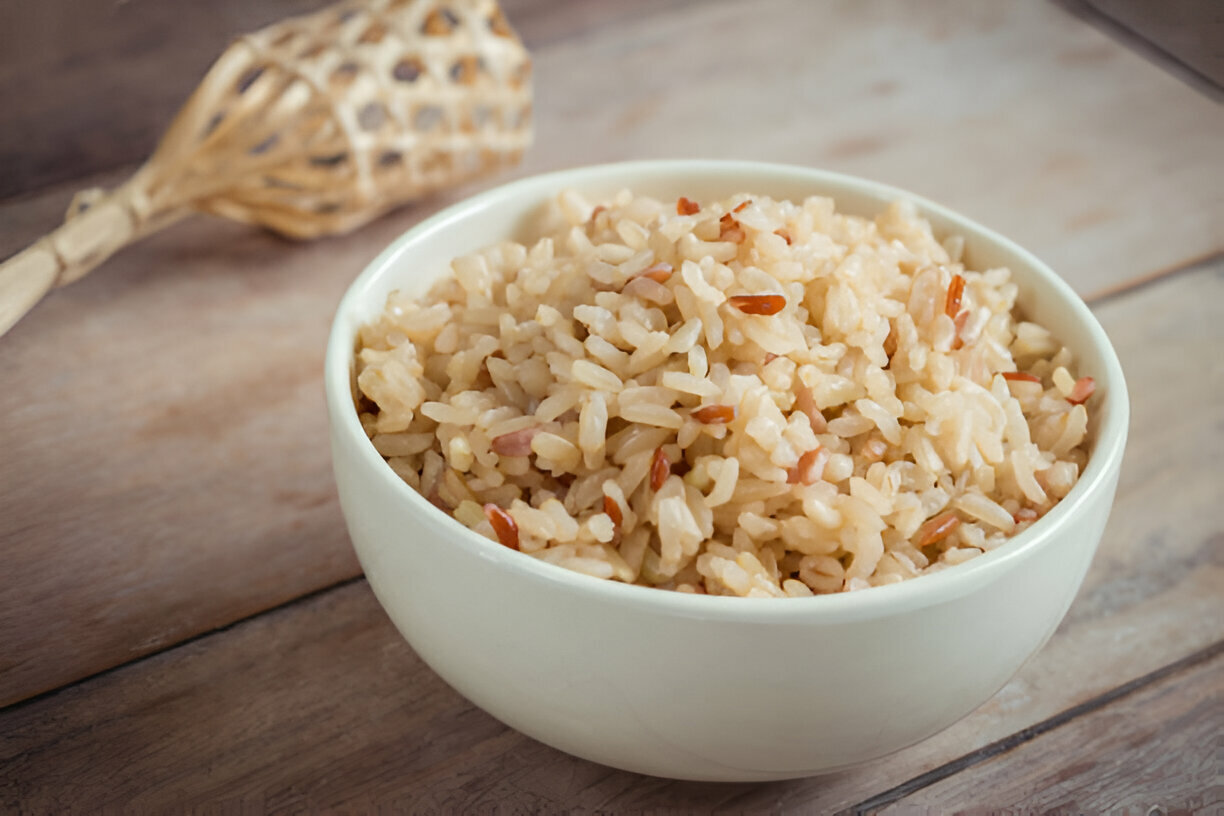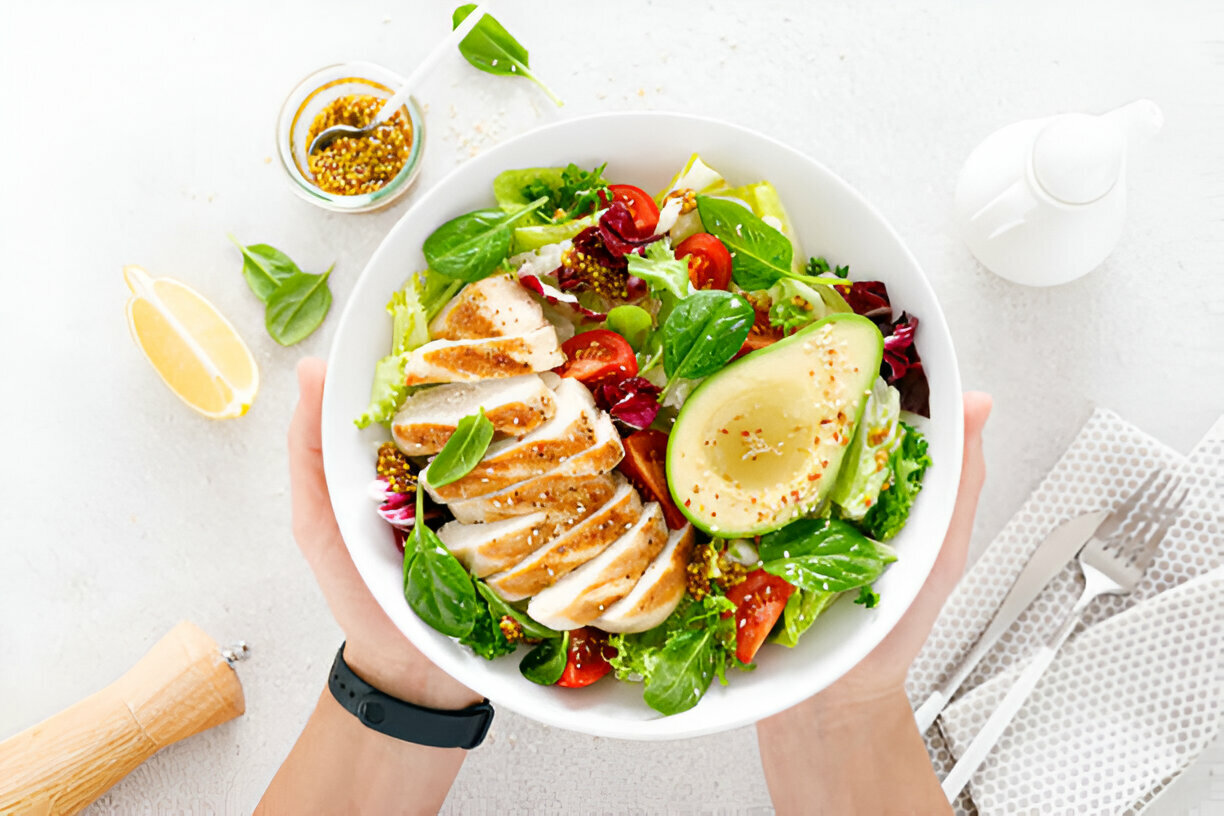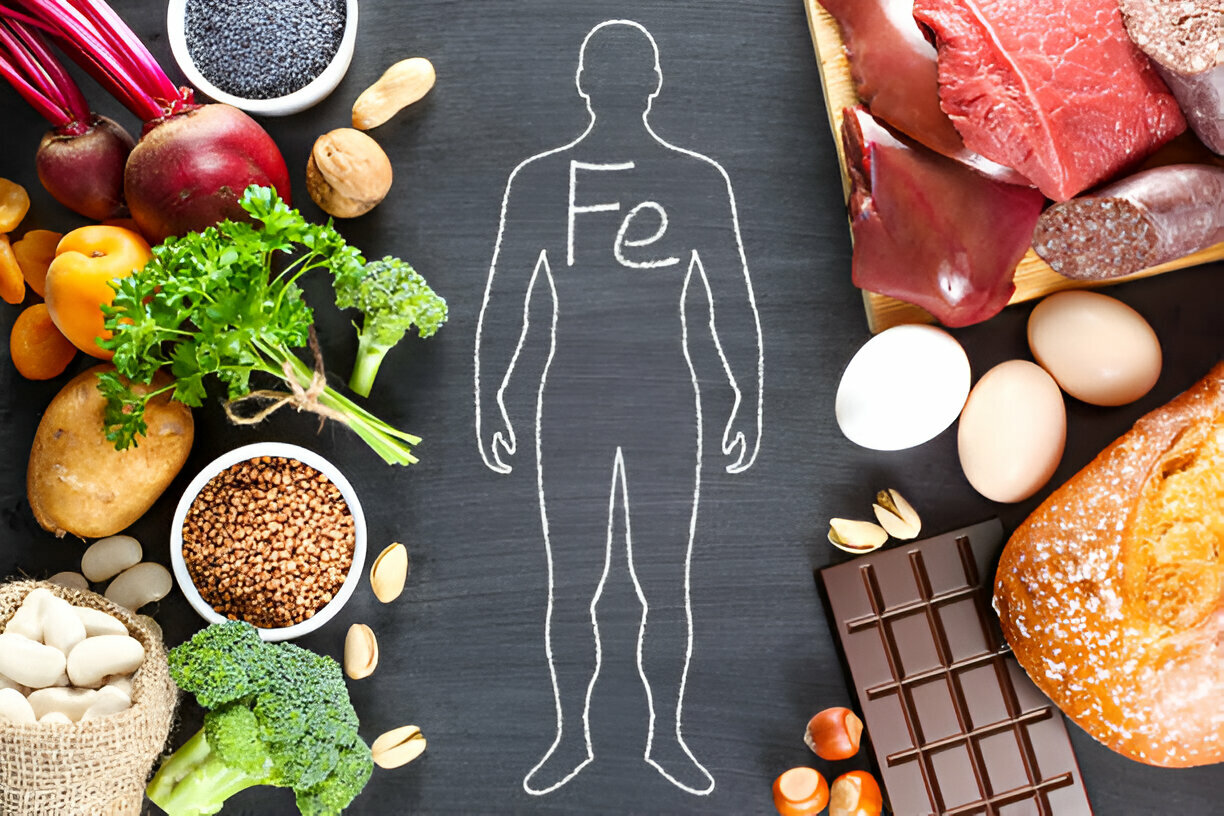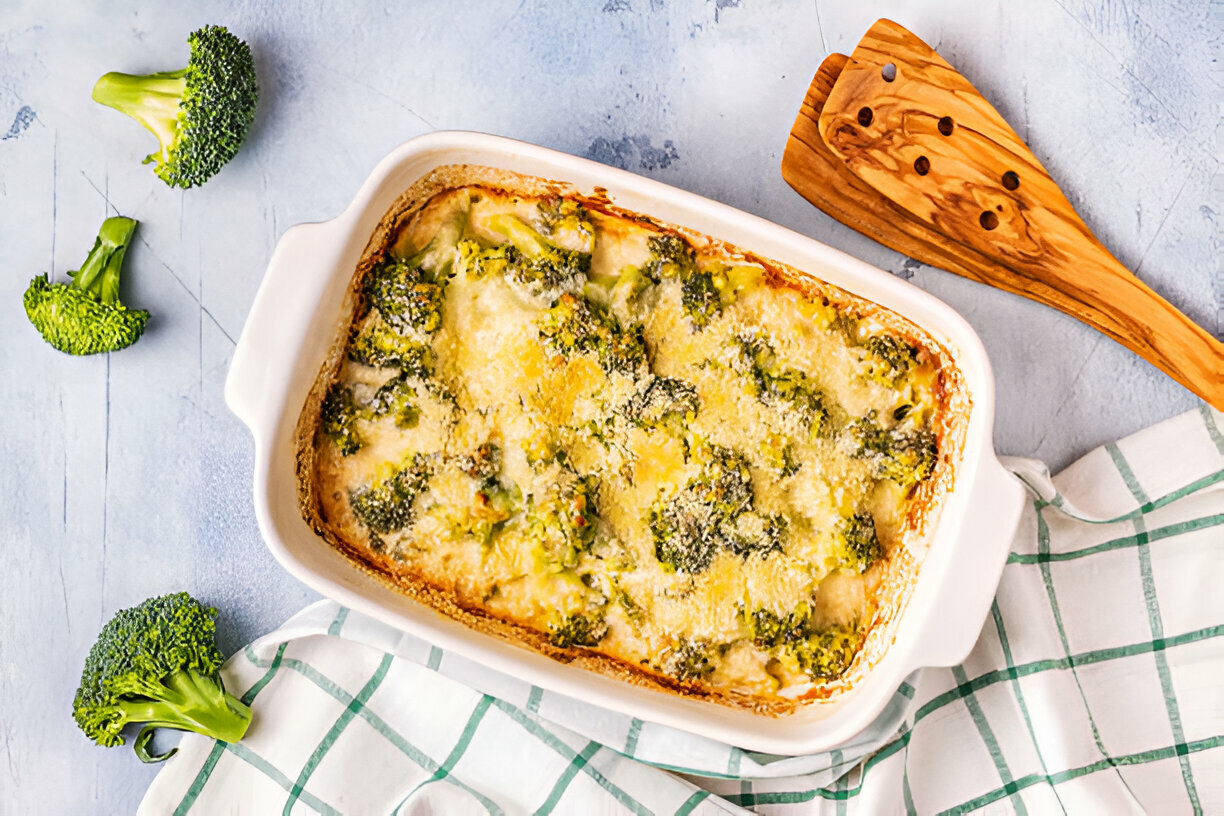If you're looking for a natural way to shed a few pounds or manage your blood sugar levels, you might want to consider adding brown rice to your diet. Unlike its white counterpart, brown rice is a whole grain that retains its nutrient-rich bran and germ layers. This makes it a powerhouse of fiber, vitamins, and minerals, all of which can play a crucial role in weight loss and blood sugar management. In this article, we’ll explore how brown rice can be your ally in achieving a healthier lifestyle, especially if you're a sugar patient or someone aiming to lose weight.
Why Brown Rice?
Brown rice is often touted as a healthier alternative to white rice, and for good reason. When rice is processed to make it white, the bran and germ are removed, stripping away much of its nutritional value. Brown rice, on the other hand, keeps these layers intact, making it a richer source of fiber, magnesium, and antioxidants.
Fiber Content: One of the standout features of brown rice is its high fiber content. Fiber is essential for digestive health, but it also plays a significant role in weight loss and blood sugar control. When you consume fiber-rich foods like brown rice, you feel fuller for longer, which can help you eat less and avoid unnecessary snacking.
Low Glycemic Index: Brown rice has a lower glycemic index (GI) compared to white rice. Foods with a low GI are digested and absorbed more slowly, leading to a gradual rise in blood sugar levels rather than a sudden spike. This makes brown rice an excellent choice for people with diabetes or those looking to manage their blood sugar levels.
Brown Rice for Weight Loss

If you're on a weight loss journey, brown rice can be a valuable addition to your diet. Here’s how it can help:
1. Keeps You Full Longer: The high fiber content in brown rice helps you feel full for a more extended period. This can reduce your overall calorie intake, as you’re less likely to reach for unhealthy snacks between meals.
2. Boosts Metabolism: Brown rice is rich in manganese, a mineral that helps your body metabolize carbohydrates and fats more efficiently. A well-functioning metabolism is crucial for weight loss, as it helps your body burn calories more effectively.
3. Low in Calories: Compared to many other carbohydrate sources, brown rice is relatively low in calories. This makes it a great option for those who are calorie-conscious but still want to enjoy a satisfying meal.
4. Reduces Belly Fat: Some studies suggest that whole grains like brown rice can help reduce visceral fat, the type of fat that accumulates around your organs and is linked to various health issues, including heart disease and diabetes.
Brown Rice for Sugar Patients
For those managing diabetes or prediabetes, brown rice can be a game-changer. Here’s why:
1. Stabilizes Blood Sugar Levels: The low glycemic index of brown rice means it has a slower impact on your blood sugar levels. This can help prevent the spikes and crashes that are often associated with high-GI foods.
2. Improves Insulin Sensitivity: The magnesium in brown rice plays a role in regulating insulin sensitivity. Improved insulin sensitivity means your body can manage blood sugar levels more effectively, reducing the risk of complications associated with diabetes.
3. Rich in Antioxidants: Brown rice contains antioxidants like phenolic compounds and flavonoids, which can help reduce inflammation and oxidative stress—both of which are linked to diabetes.
4. Supports Heart Health: People with diabetes are at a higher risk of developing heart disease. The fiber, magnesium, and antioxidants in brown rice can help improve heart health by reducing cholesterol levels and improving blood vessel function.
How to Incorporate Brown Rice into Your Diet
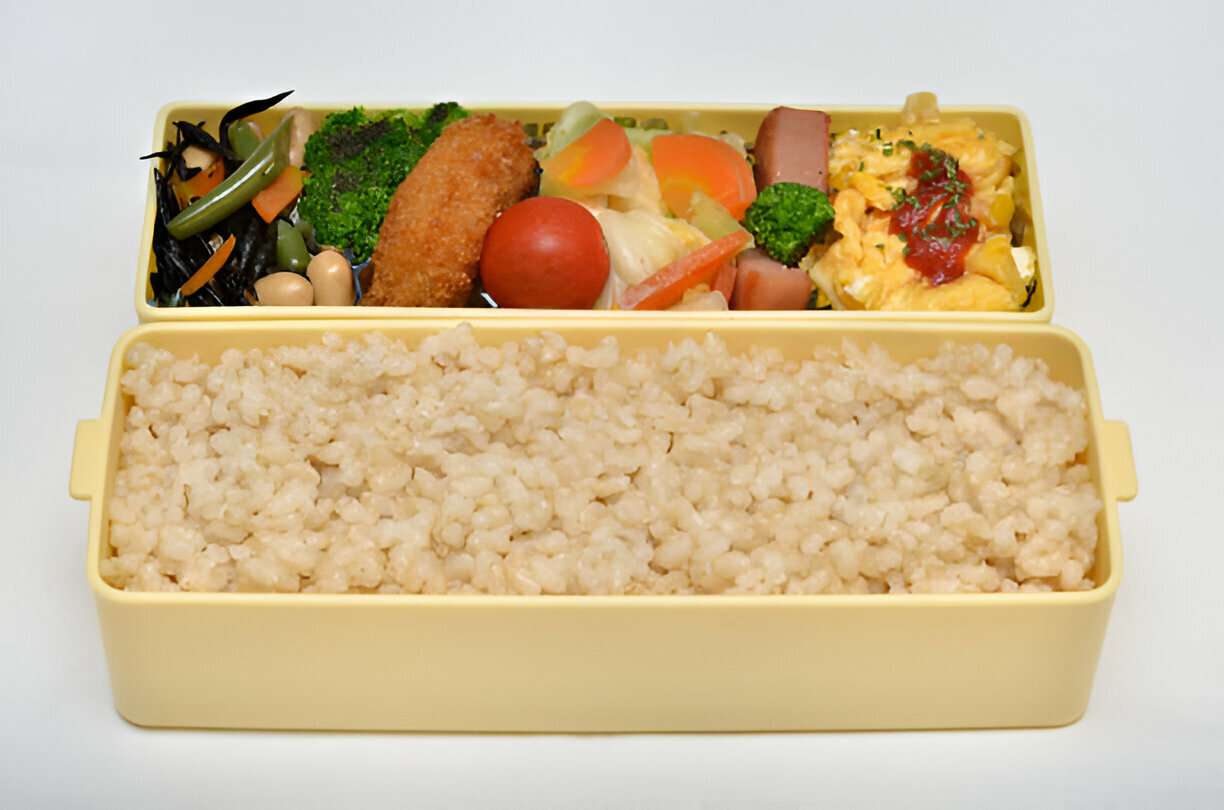
Adding brown rice to your diet is easier than you might think. Here are some simple ways to make it a regular part of your meals:
1. Substitute White Rice: The easiest way to start is by replacing white rice with brown rice in your meals. Whether it’s a stir-fry, curry, or sushi, brown rice can be a healthier alternative.
2. Brown Rice Bowls: Create a nutritious bowl with brown rice as the base. Add lean proteins like chicken or tofu, plenty of vegetables, and a healthy dressing for a balanced meal.
3. Brown Rice Porridge: For a comforting breakfast, try brown rice porridge. Cook brown rice with milk (or a milk alternative) and add your favorite toppings like fruits, nuts, and a drizzle of honey.
4. Brown Rice Salads: Toss cooked brown rice with fresh vegetables, beans, and a light vinaigrette for a refreshing and filling salad.
5. Brown Rice Snacks: Make brown rice cakes or use brown rice flour to create healthy snacks like crackers or muffins.
Facts About Brown Rice
Nutritional Profile: One cup of cooked brown rice contains approximately 215 calories, 5 grams of protein, 2 grams of fat, 45 grams of carbohydrates, and 3.5 grams of fiber.
Rich in Nutrients: Brown rice is a good source of essential nutrients like magnesium, phosphorus, selenium, and B vitamins.
Antioxidant Properties: Brown rice contains antioxidants that can help protect your cells from damage caused by free radicals.
Gluten-Free: Brown rice is naturally gluten-free, making it a safe option for those with celiac disease or gluten sensitivity.
Sustainable Choice: Brown rice is less processed than white rice, making it a more environmentally friendly option.
Potential Downsides and Considerations
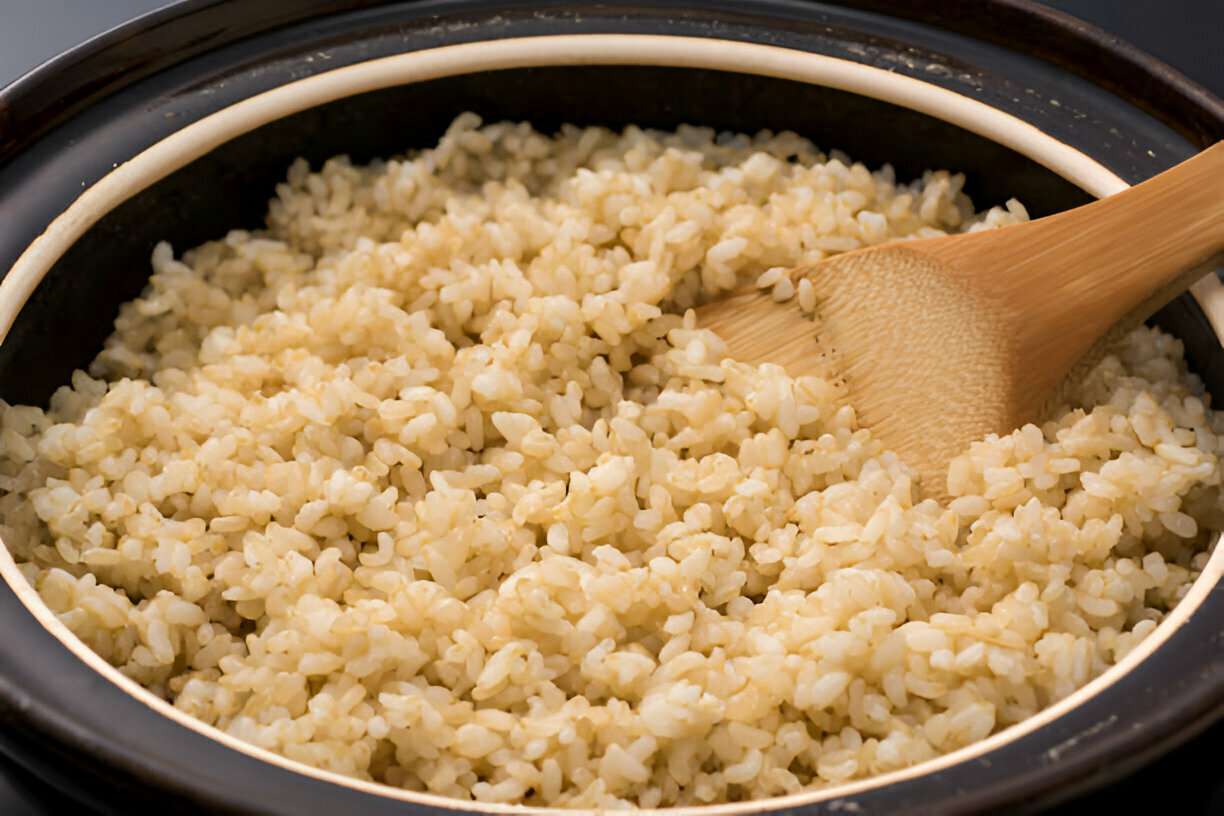
While brown rice offers numerous health benefits, there are a few things to keep in mind:
1. Arsenic Content: Brown rice can contain higher levels of arsenic compared to white rice, as arsenic tends to accumulate in the bran layer. To minimize exposure, rinse your brown rice thoroughly before cooking and consider varying your grain intake with other whole grains like quinoa or barley.
2. Digestive Issues: For some people, the high fiber content in brown rice can cause digestive discomfort, such as bloating or gas. If you’re new to eating brown rice, start with small portions and gradually increase your intake to allow your digestive system to adjust.
3. Caloric Density: While brown rice is lower in calories compared to some other foods, it’s still a calorie-dense food. Be mindful of portion sizes, especially if you’re closely monitoring your calorie intake for weight loss.
Final Thoughts
Making small changes to your diet can have a significant impact on your health. By choosing brown rice over white rice, you’re not only opting for a more nutritious option but also taking a step towards better weight management and blood sugar control. Remember, consistency is key, and over time, these small changes can lead to big results. So, go ahead and make brown rice a staple in your kitchen—it’s a choice your future self will appreciate.
Latest Blog
Best Keto Recipes, Easy Low-Carb Meals, Snacks & Desserts
Welcome to Your Ketosis Trip!Beginning the ketogenic diet might first seem too much. You might be wondering, "what can i really eat?" or "will I be stuck eating salads daily?" Relax : the keto diet need not to be tedious or difficult. Actually, with a few basics and some innovative recipes, you can have delectable, filling meals that help you stay on track. From comforting breakfasts to delicious dinners, quick snacks and gu...
Amino Acids Benefits in Skincare, Haircare and Muscle Growth
Amino Acids play important roles in promoting the health of skincare, haircare and muscle buildup by aiding in repair, growth, hydration and many more factors to your overall health. They often touted for everything, from boosting metabolism and supporting mood to improve skin collagen and muscle growth. But what amino acids really are, and do we get enough of them from food alo...
Can High Carb Vegetables Fit into a Healthy Diet for Women?
When you think about healthy eating, the term "high carb" might not be the first thing that comes to mind. In fact, you might associate high-carb foods with weight gain or unhealthy eating habits. But what if we told you that high-carb vegetables can actually be a valuable part of a balanced diet, especially for women? Yes, you read that right! High-carb vegetables like sweet potatoes, corn, and peas can offer a wealth of nutrients that suppor...

